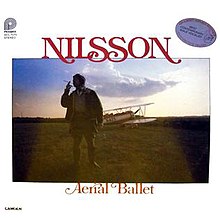
Pisces, Aquarius, Capricorn & Jones Ltd. is the fourth album by the Monkees. It was released on November 6, 1967, during a period when the band exerted more control over their music and performed many of the instruments themselves. However, although the group had complete artistic control over the procceedings, they invited more outside contributions than on their previous album, Headquarters, and used session musicians to complement their sound. The album also featured one of the first uses of the Moog synthesizer in popular music. Pisces, Aquarius, Capricorn & Jones Ltd. sold over three million copies. It was the band's fourth consecutive album to reach No. 1 on the U.S. Billboard 200.
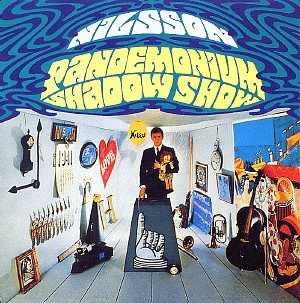
Pandemonium Shadow Show is the second studio album by American singer-songwriter Harry Nilsson, released in December 1967 on RCA Victor.

The Birds, the Bees & the Monkees is the fifth studio album by the American pop rock band the Monkees, released in 1968 by Colgems Records. It was the first album released after the cancellation of their TV show and subsequently was their first not to reach No. 1 on the U.S. Billboard 200, peaking at No. 3, and their first not to chart in the UK, with their four previous efforts all having reached the top ten. The album has sold over a million copies.

Head is the sixth studio album by the American pop rock band the Monkees, released in 1968 by Colgems Records, and the soundtrack to the film of the same name. The album primarily consists of musique concrète pieces assembled from the film's dialogue, while the six new songs encompass genres such as psychedelic music, lo-fi, acid rock and Broadway theatre.

Instant Replay is the seventh studio album by the American pop rock band the Monkees, released in 1969 by Colgems Records. Issued 11 months after the cancellation of the group's NBC television series, it is also the first album released after Peter Tork left the group and the only album of the original nine studio albums that does not include any songs featured in the TV show.
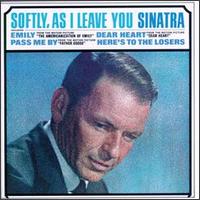
Softly, as I Leave You is a 1964 studio album by American singer Frank Sinatra. Arranged by Ernie Freeman, several tracks such as "Softly, as I Leave You", "Then Suddenly Love" and "Available" departed from Sinatra's signature vocal jazz style by flirting with a more contemporary pop sound. The rest of the album is pieced together with leftovers from various early-'60s sessions, from many different arrangers and conductors.

The World We Knew, also known as Frank Sinatra, is a 1967 studio album by American singer Frank Sinatra.

Unforgettable … with Love, also known as simply Unforgettable, is the twelfth studio album by American singer Natalie Cole. Released on June 11, 1991, the album includes covers of standards previously performed by her father, Nat King Cole. It was also her debut for Elektra Records, after being given her release from EMI Records.
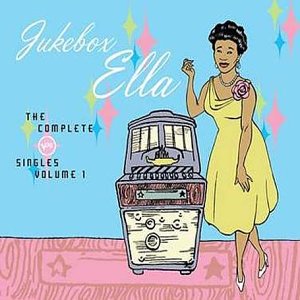
Jukebox Ella: The Complete Verve Singles, Vol. 1 is a 2003 compilation album by the American jazz singer Ella Fitzgerald. The album contains all the singles Fitzgerald recorded for Verve Records label between 1956 and 1965.
The Abnuceals Emuukha Electric Symphony Orchestra was a group of Hollywood session musicians organized by Frank Zappa in 1967 to record music for his first solo album Lumpy Gravy. Some of these musicians are thought to have worked together in various combinations under the leadership of Ken Shroyer as far back as 1959. However, it was Zappa who gave them the name several years later.

"Everybody's Talkin' (Echoes)" is a song written and recorded by American singer-songwriter Fred Neil in 1966 and released two years later. A version of the song performed by American singer-songwriter Harry Nilsson became a hit in 1969, reaching No. 6 on the Billboard Hot 100 chart and winning a Grammy Award after it was featured in the film Midnight Cowboy. The song, which describes the singer's desire to retreat from the harshness of the city to a more peaceful place and an easier life, is among the most famous works of both artists, and has been covered by many other notable performers.

Two is the fourth solo album by jazz keyboardist Bob James.
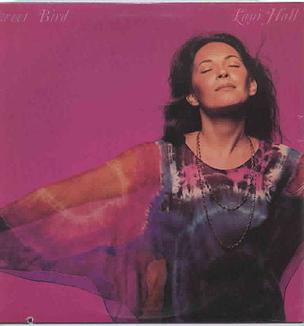
Sweet Bird is an album by the American singer Lani Hall. Like many of Hall's albums, Sweet Bird is made up of cover versions of songs.

Just for a Thrill is the twenty-third studio album of country music artist Ronnie Milsap. It was released in 2004 under Image Records, his first for the label. The album consisted of fourteen recordings of pop and jazz standards.
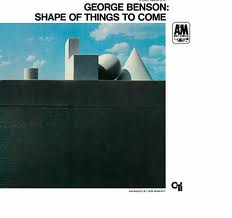
Shape of Things to Come is the fifth studio album by the American guitarist George Benson, recorded in 1968 and arranged by Don Sebesky. It was his first album for A&M Records and his first album to be produced by Creed Taylor, who would remain his producer until 1976.

The Song Is June! is a 1958 album by June Christy recorded with Pete Rugolo's Orchestra. It was reissued in 1997 as a double CD with Off-Beat.

Whatever is the fourth studio album by R&B group The Friends of Distinction, released in 1970 on the RCA Victor label.

Heads is the fifth album by the jazz musician Bob James, released in October 1977. It was his first album released on his newly formed Tappan Zee label, which was distributed by Columbia Records. All of his Tappan Zee albums are distributed by E1 Music. The album reached number one on the Billboard Jazz Albums chart.

All the King's Horses is the second album by American saxophonist Grover Washington Jr. It was recorded in 1972 and released on Kudu Records the same year. In 2008, it was reissued on CD by Verve/GRP Records.
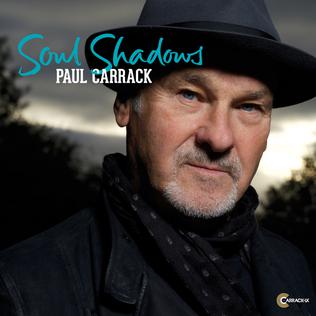
Soul Shadows is the sixteenth solo studio album by the English singer-songwriter Paul Carrack. It was originally released in 2016 on Carrack's own Carrack-UK label.

